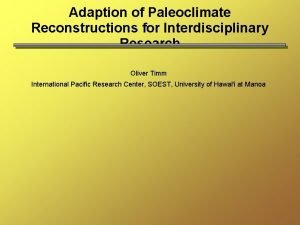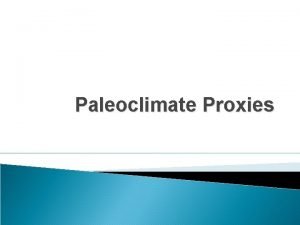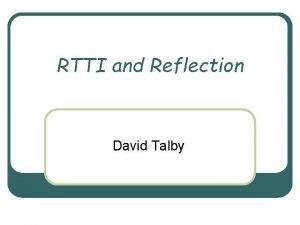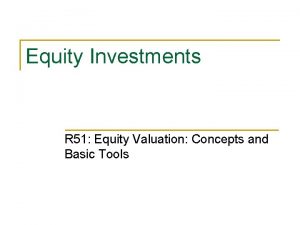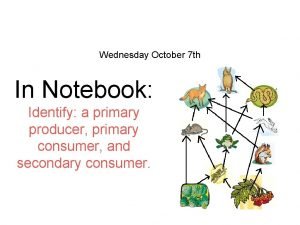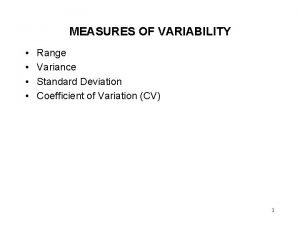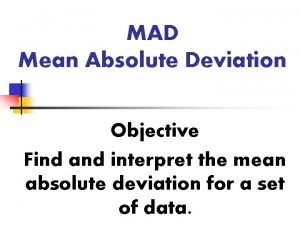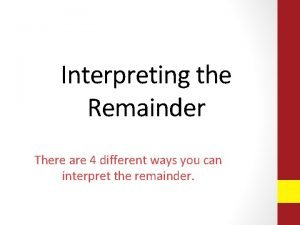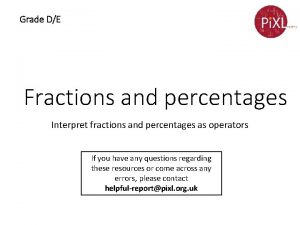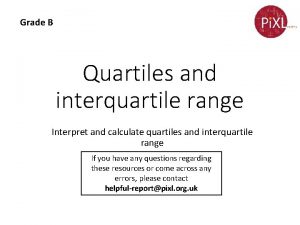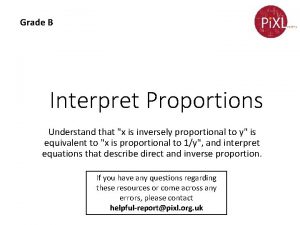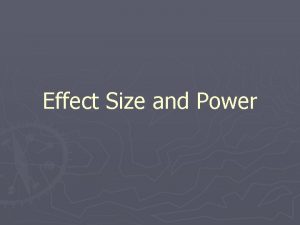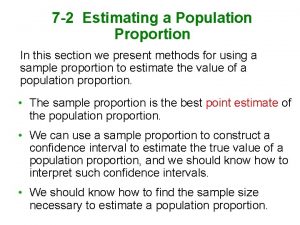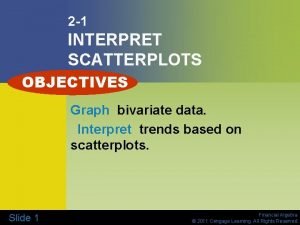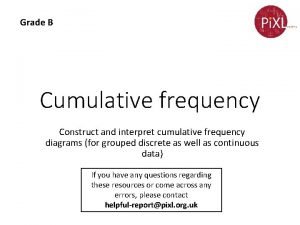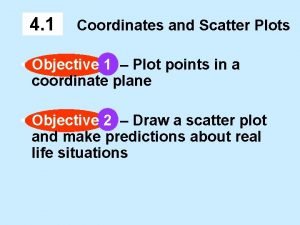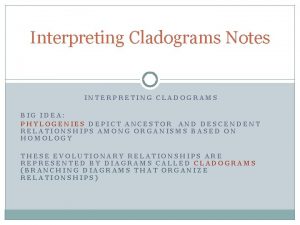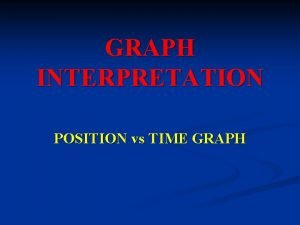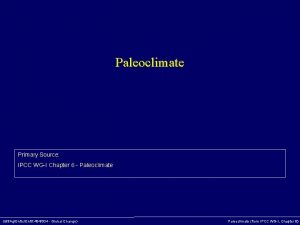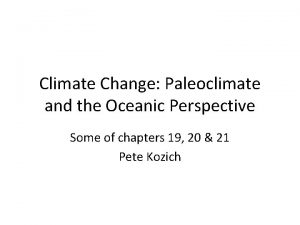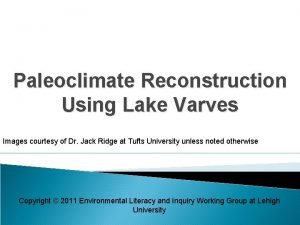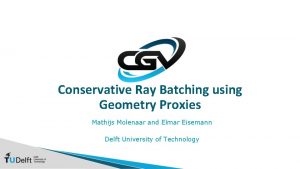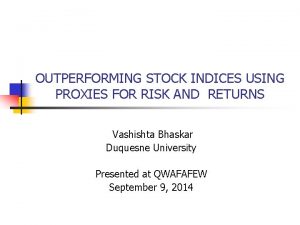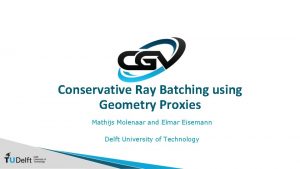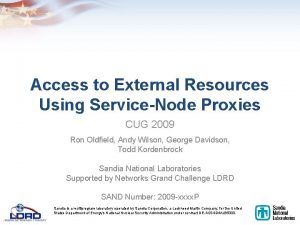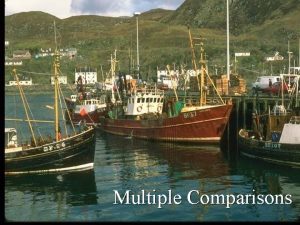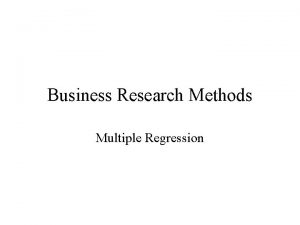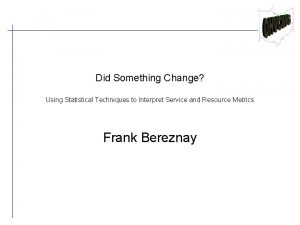Using multiple paleosol proxies to interpret paleoclimate change









































- Slides: 41

Using multiple paleosol proxies to interpret paleoclimate change: An earliest Eocene example from Wyoming MARY J. KRAUS Department of Geological Sciences University of Colorado, Boulder

Collaborators and Acknowledgments Daniel Woody & Susan Riggins (CU Boulder) Steve Hasiotis & Jon Smith (U Kansas) Thanks to National Science Foundation for Awards to Kraus and to Hasiotis

Paleocene/Eocene boundary PETM Oxygen isotope data dramatic global warming Short-lived: Onlyshow ~150, 000 – 200, 000 years Paleocene-Eocene Thermal Maximum or PETM Warming was rapid – analog for modern

No Polar Ice Caps P/E World From Blakey (2007)

Carbon Isotope Compilation PETM coeval with negative shift indicating that large quantities of carbon enriched in C 12 were rapidly added to ocean-atmosphere reservoir After Zachos et al. 2001

Problem to Address Agreement that global temperatures rose Impact of global warming on hydrologic cycle far less certain and debated – hydrologic cycle more difficult to assess Some models and field studies suggest greenhouse conditions accompanied by increased precipitation and more intense continental weathering – is this universal? Need to go to a continental section to evaluate precipitation and weathering

Significance Information about precipitation critical to paleontologists and paleobotanists working to understand how ancient plants and animals responded to this episode Understanding past changes in water cycle critical to predicting how current global warming will affect the water cycle and water resources

Talk Organization What was cause of greenhouse gas increase? What caused PETM to terminate? How did climate system react in terms of precipitation? § Focus on Bighorn Basin in Wyoming § Brief look at Colorado

Cause of PETM Transfer of frozen methane deposits beneath sea floor to the atmosphere where it acted as a greenhouse gas. (Tawney & Ramanujan, 2001)

What stopped runaway greenhouse event? Methane rapidly oxidizes to carbon dioxide (within 10 years) CO 2 consumed by increased mass of photosynthesizing tissue Liberated carbon dioxide taken back down into ocean again

Continental Example Although studied primarily from marine cores, PETM found in a few continental sections – Bighorn Basin has best continental section in the world. Northern Locality rn ho Big s Mt Bighorn Basin a rok sa Ab nge Ra 30 mi Owl Creek Mts 40 km Southeast Locality

Bighorn Basin PETM interval based on isotopes from carbonate nodules and organic carbon

Bighorn Basin PETM interval in fluvial deposits with excellent alluvial paleosols - seen as color bands, which are soil horizons Found in Willwood Fm Reds, purples due to iron oxides in B horizons

Paleosols developed primarily on slowly accumulating overbank deposits Alternate with coarser -grained and rapidly accumulating deposits formed as channel avulsed or moved location on the floodplain CIE = PETM Alluvial Paleosols at Polecat Bench

Bighorn Basin Climate Plant fossils and isotopes show Mean Annual Temperature of 20 o to 25 o C or 68 to 77 o F Similar to Gulf Coast region today

Precipitation Proxies Paleobotany – but depends on finding leaf localities and their stratigraphic distribution Isotopes from fossil teeth – depends on finding teeth and their stratigraphic distribution Paleosols – common and because of vertical stacking provide continuous climate record § Paleosol morphology § Soil weathering indices § Trace fossils

Paleosol Morphology Matrix color and mottle colors Presence/absence of ferruginous nodules Presence/absence of carbonate § carbonate nodules § carbonate along root traces

Red Paleosol drier Purple paleosol wetter

Ferruginous nodules Presence - seasonal wetness Absence - drier soil conditions

Soil carbonate - appears in two forms; both indicate drier soil moisture regime Carbonate Nodules Powdery carbonate along root traces

Paleosol Morphology Paleosol color plus different combinations of these other features allows each paleosol to be assigned a position on the paleosol spectrum below Red Drier Purple Red paleosol with carbonate and no ferruginous nodules Red paleosol with no carbonate and no ferruginous nodules

Weathering Index and MAP Chemical index of alteration (CIA) commonly used to assess paleosol weathering Depends on precipitation: higher precipitation higher CIA lower precipitation lower CIA Mean annual precipitation (MAP) can be estimated from CIA using empirical equation developed by Sheldon et al. (2002) from modern soil data Data are major oxides from bulk samples of paleosol B horizon

Trace Fossils Manganiferous rhizocretions vertical cylinders that may branch contain manganese & iron oxides and carbon wet conditions during formation Shovel head for scale

Trace Fossils Crayfish Burrows live mostly in open waters burrow to escape drying out in areas of fluctuating water tables absence means lower water tables presence means wetter soils

Relatively wet based on MAP and traces Drier based on morphology, MAP, traces Relatively wet based on MAP and traces

PETM Results suggest: Soil morphology spectrum may not be best estimate of soil moisture Pre- and post. PETM MAP ~43” PETM MAP was ~ 23”

PETM Results suggest: Initial ~10 m of main body of CIE is sandiest interval in study section attributed to changing wet dry & associated large sediment flux

Depositional Response Main Body CIE Similar to pre-CIE interval Densely spaced paleosols Thick red paleosols Few weak paleosols Widely spaced paleosols Prominent avulsion intervals More weak paleosols

Paleosol Density PETM Pre-PETM

Widely spaced and thinner paleosols - Typical of pre- and post-CIE intervals and lowest 10 m of CIE Suggest relatively rapid sediment accumulation rates And relatively frequent and thick avulsion deposits to produce “pale” packages

Thick, well-developed So welding of differentred paleosols profiles Hallmark PETM intervalaccumulation Suggests of lower sediment Multiple, densely spaced, thick red paleosols Separated by thin avulsion deposits that are worked in

Depositional and Pedogenic Synthesis Pre-PETM and Post-PETM Wetter climate Relatively high water discharge and high sediment supply due to wet conditions Rapid rates of sediment accumulation Rate of sediment accumulation > rate of pedogenesis widely spaced and non-welded paleosols

Depositional and Pedogenic Synthesis Main Part of the PETM Interval Drier climate but some wetter episodes Lower water discharge and reduced sediment supply due to dry conditions Slower rates of sediment accumulation Rate of pedogenesis > rate of sediment accumulation leading to densely spaced and welded or overlapping paleosols

Basinal Variations in MAP 43’’ pre & post PETM 23’’ PETM ho Big 50’’ pre and post PETM 39’’ PETM rn s Mt a rok sa Ab nge Ra 30 mi Owl Creek Mts 40 km

~ 23’’ Mean Annual Precipitation in North ~ 43’’

Texas Northern Blackland Prairie Northern Basin during wet periods – 43” rain Plano TX – 43” rain

Red Prairie of Texas Northern Basin during dry periods – 23” rain Abilene TX – 22” rain

Colorado during PETM Paleogene Dawson Fm has a paleosol interval ~10 m thick Sits above an interval with somber and organic-rich fluvial deposits Suggests upsection change to drier and warmer Farnham & Kraus, 2002

Conclusions Multiple climate proxies in paleosols indicate Bighorn Basin became drier when temperatures increased in PETM More humid climates as temperatures declined at end of PETM May be a similar change in Colorado

Conclusions Understanding this past change in precipitation important for predicting effects of current global warming on water resources particularly in Wyoming, Colorado, Texas, etc New predictions just made for changes in precipitation with global warming into year 2040.

Seager et al. (2007) NOAA & Geophysical Dynamics Lab
 Paleoclimate proxies
Paleoclimate proxies Paleoclimate proxy examples
Paleoclimate proxy examples Dynamic proxies in java
Dynamic proxies in java Multiple baseline across settings
Multiple baseline across settings Disadvantages of mimd
Disadvantages of mimd Change of variables multiple integrals
Change of variables multiple integrals Ev/ebitda ratio formula
Ev/ebitda ratio formula Art analysis vs art interpretation
Art analysis vs art interpretation How to interpret quick ratio
How to interpret quick ratio Identify the image
Identify the image How to interpret confidence intervals example
How to interpret confidence intervals example How does sociology interpret hate crimes
How does sociology interpret hate crimes What is a significance test
What is a significance test Qualities behaviors and complexities
Qualities behaviors and complexities How to interpret regression results
How to interpret regression results Aimsweb norms chart
Aimsweb norms chart What does it describe
What does it describe Motion graphs definition
Motion graphs definition How to interpret standard deviation results
How to interpret standard deviation results Mean of absolute deviation
Mean of absolute deviation Interpret the remainder
Interpret the remainder Fraction to percentage table
Fraction to percentage table Quartile interpretation
Quartile interpretation Inversely proportional
Inversely proportional P-value interpretation
P-value interpretation Analyze vs interpret
Analyze vs interpret Confidence interval vs confidence level
Confidence interval vs confidence level What is z for 95 confidence interval
What is z for 95 confidence interval Confidence statement example
Confidence statement example 2-1 interpret scatterplots
2-1 interpret scatterplots Interpret?
Interpret? Can you judge art objectively
Can you judge art objectively Interpreting cartoons
Interpreting cartoons Food web
Food web Co je to interpret
Co je to interpret How to read cumulative frequency graph
How to read cumulative frequency graph The ability to locate interpret and apply information
The ability to locate interpret and apply information 4-1 construct and interpret scatter plot
4-1 construct and interpret scatter plot Of what value is the weather depiction chart to the pilot?
Of what value is the weather depiction chart to the pilot? Interpreting a cladogram
Interpreting a cladogram Jenis graph
Jenis graph Consensus model criminal justice
Consensus model criminal justice
